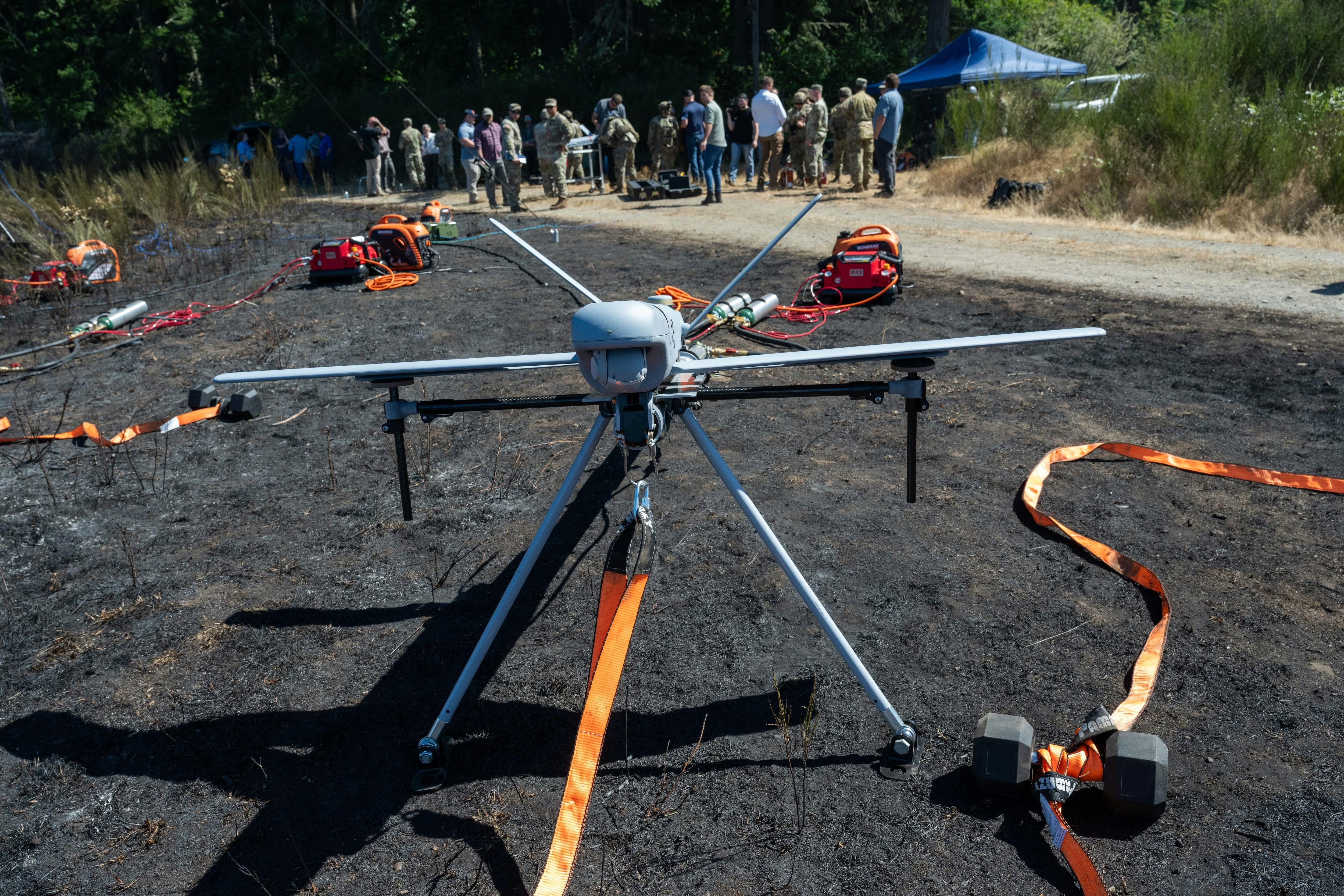
AeroGenie — あなたのインテリジェントな副操縦士。
現在のトレンド
Categories
Boeing Resumes 787-9 Deliveries to Juneyao Airlines in China
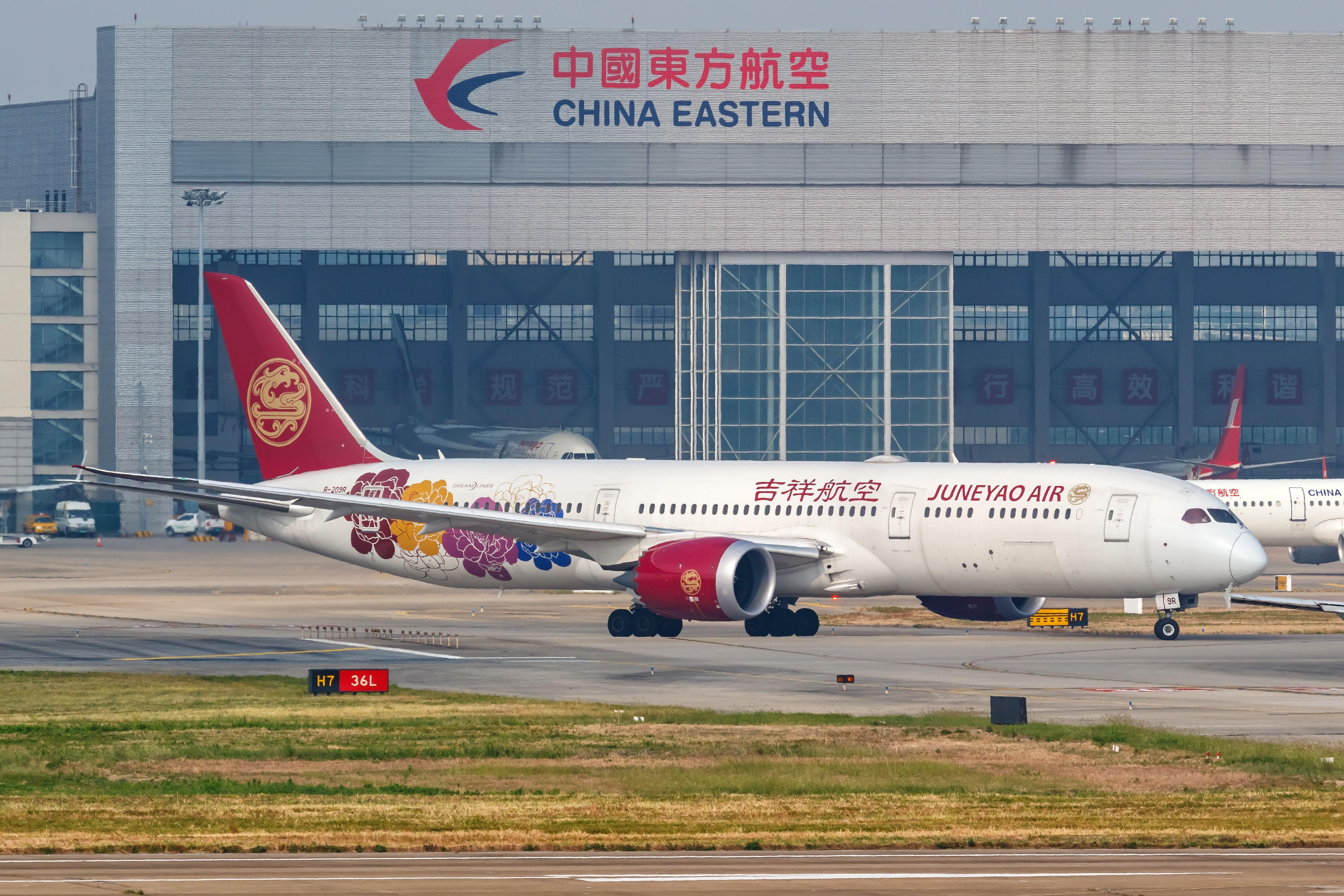
Boeing Resumes 787-9 Deliveries to Juneyao Airlines Amid Easing US-China Trade Tensions
Boeing has delivered a new 787-9 aircraft to China’s Juneyao Airlines, marking a notable development as trade tensions between Beijing and Washington show signs of easing. The delivery, which took place on Saturday, was reported by Chinese media outlet Yicai and represents a significant step for the US aerospace giant in reestablishing its presence in the strategically important Chinese market.
Context of Delivery Resumption
The resumption of aircraft deliveries to China follows a suspension that began in April, triggered by escalating tariffs between the United States and China that halted new handovers. At the end of May, Boeing announced plans to restart deliveries in June after both countries agreed to a temporary 90-day tariff reduction. This agreement coincided with two days of negotiations in London, where officials from both sides reached a framework aimed at resolving key issues in their ongoing trade dispute.
China accounts for approximately 10% of Boeing’s commercial order backlog, underscoring its importance as a vital and expanding market. The recent delivery to Juneyao Airlines forms part of Boeing’s broader strategy to regain its foothold in China. Earlier in the week, a Boeing 737 MAX painted in Xiamen Airlines livery also arrived in China, further signaling the resumption of deliveries.
Market Response and Ongoing Challenges
Market reactions to the renewed deliveries have been cautiously optimistic. Emirates, a major Boeing customer, has expressed confidence in the company’s efforts to recover. Nevertheless, Boeing continues to face significant challenges, particularly in scaling up production to meet global demand. The company is also under intensified scrutiny following a recent Air India crash involving a Boeing 787-8 Dreamliner, which has added pressure as Boeing seeks to overcome a series of safety crises.
Neither Boeing nor Juneyao Airlines immediately responded to requests for comment regarding the latest delivery. Previously, Boeing had indicated that Chinese customers would not be taking delivery of new aircraft amid the tariff dispute and was considering reselling dozens of planes originally destined for China.
The delivery of the 787-9 to Juneyao Airlines highlights both the gradual thaw in US-China trade relations and Boeing’s ongoing efforts to restore confidence among customers and regulators worldwide.
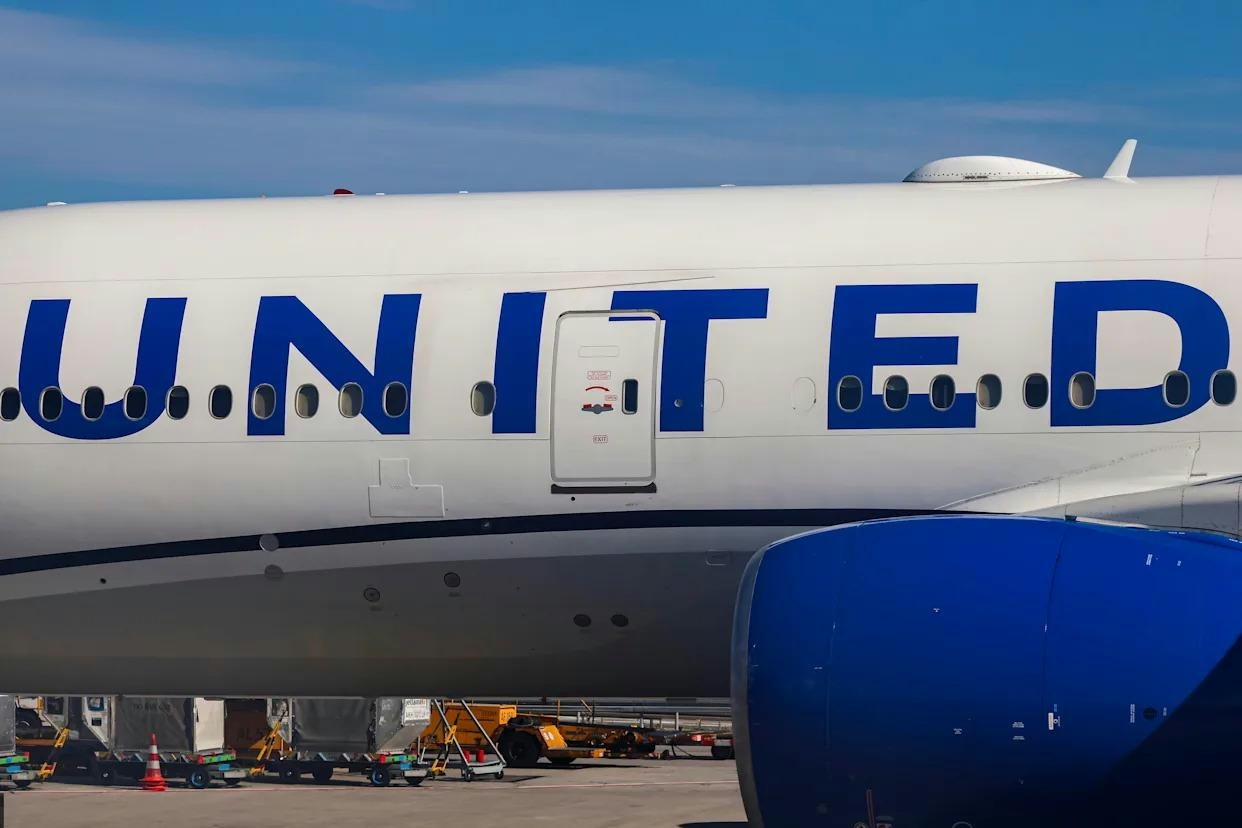
United Airlines Flight Returns to Dulles After Engine Failure on Takeoff
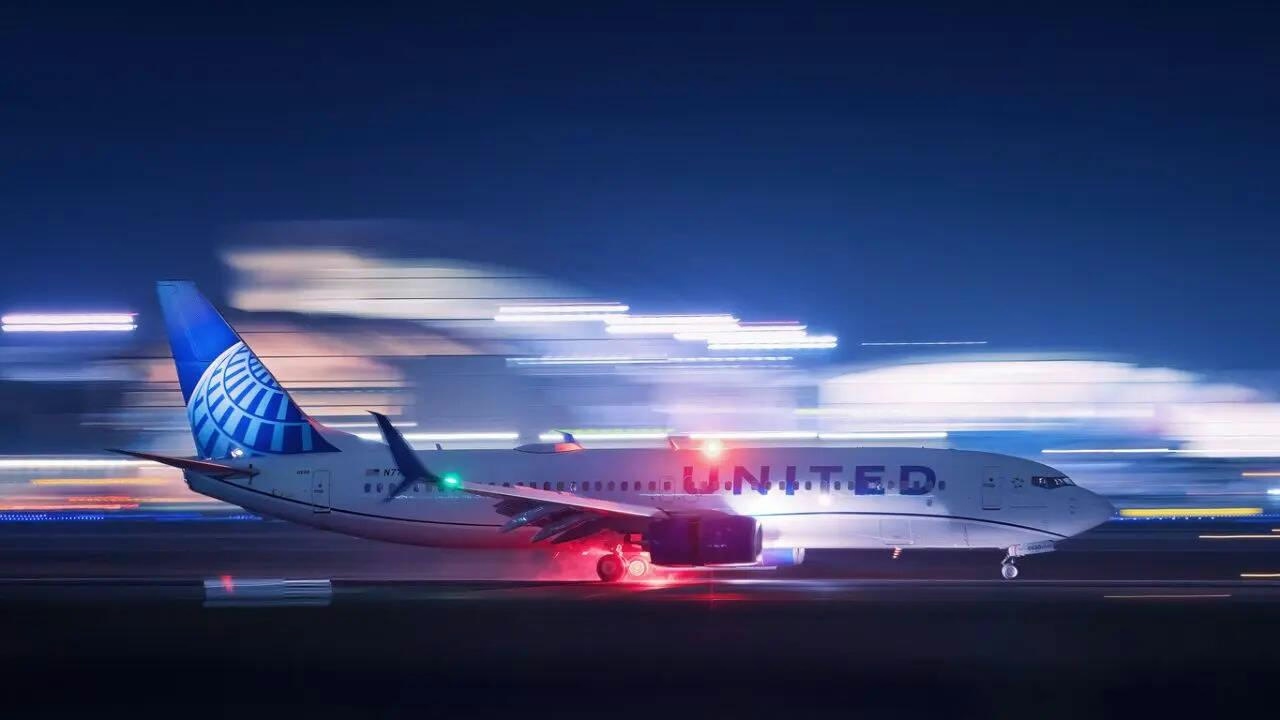
United Airlines flight makes emergency landing at Dulles after engine failure
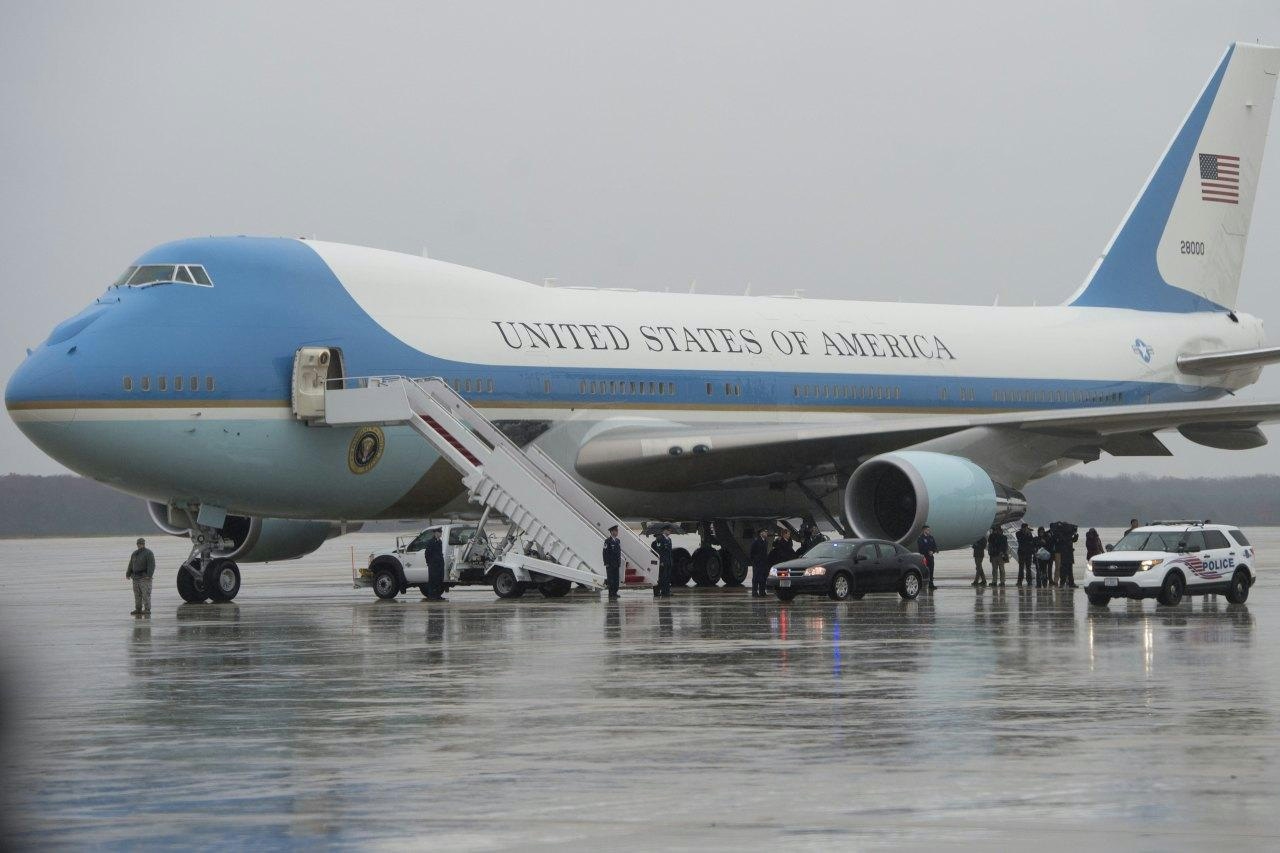
The Impact of the New Air Force One’s Delayed 2028 Arrival on Aviation and Travel
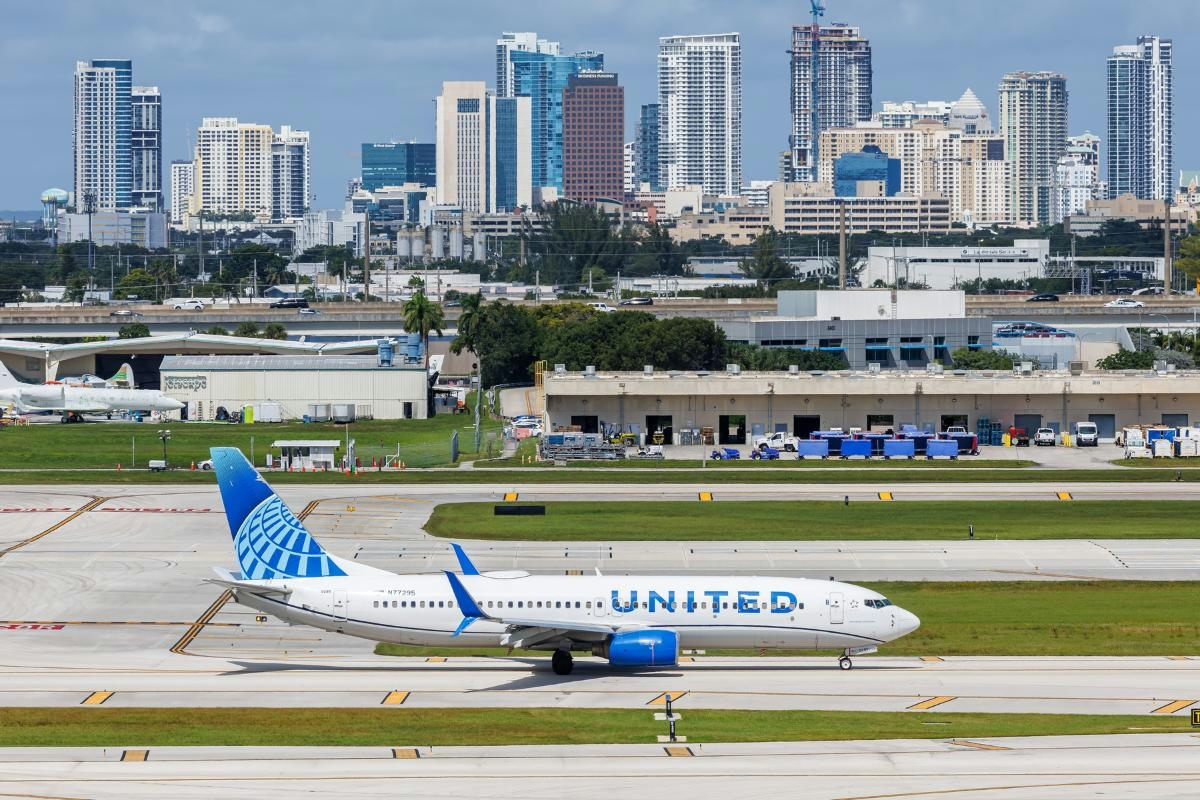
United Airlines Restarts Controversial AI Scheduling for Flight Attendants
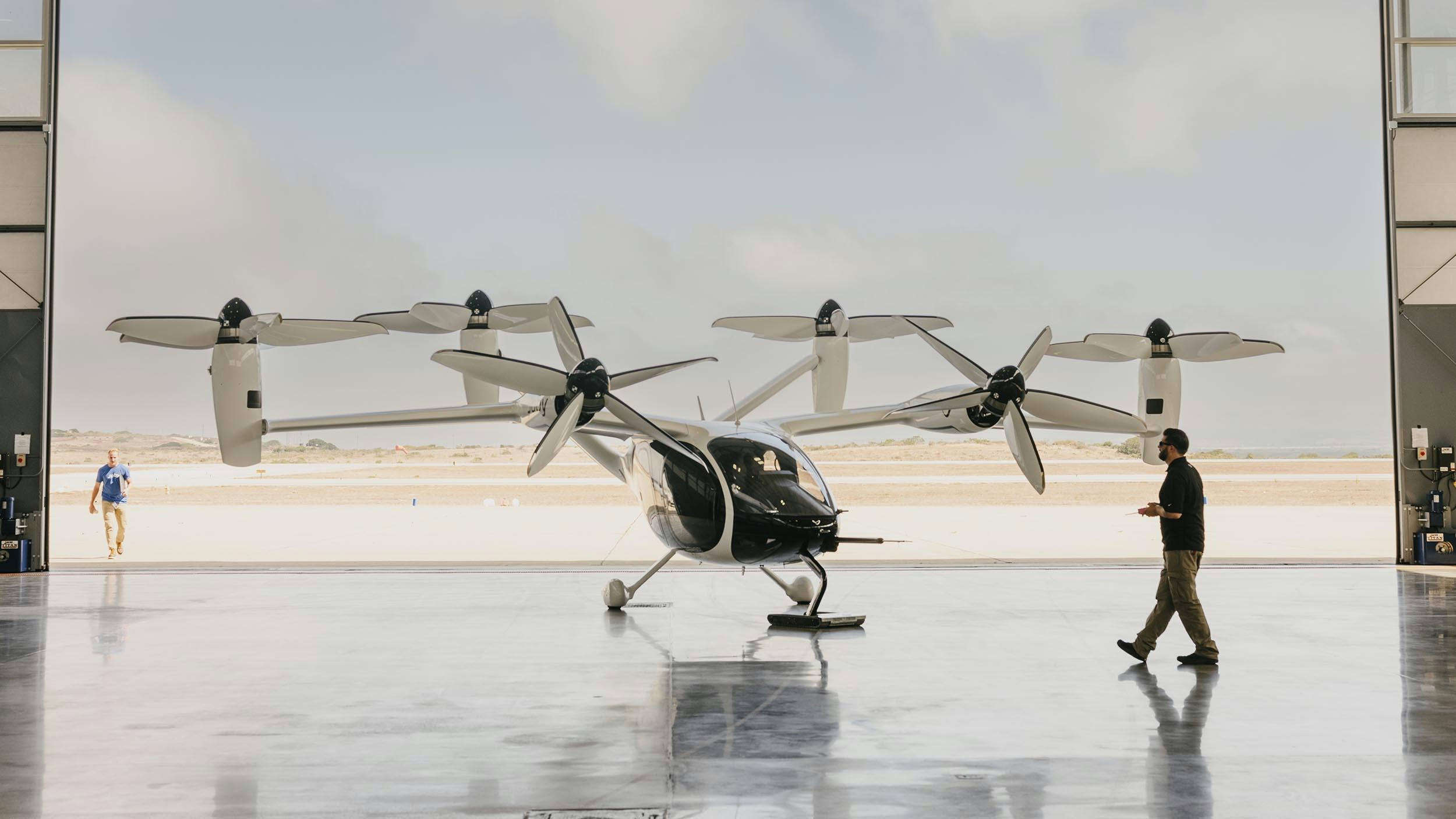
Joby Aviation’s Air Taxis Poised to Change Urban Travel and Tourism
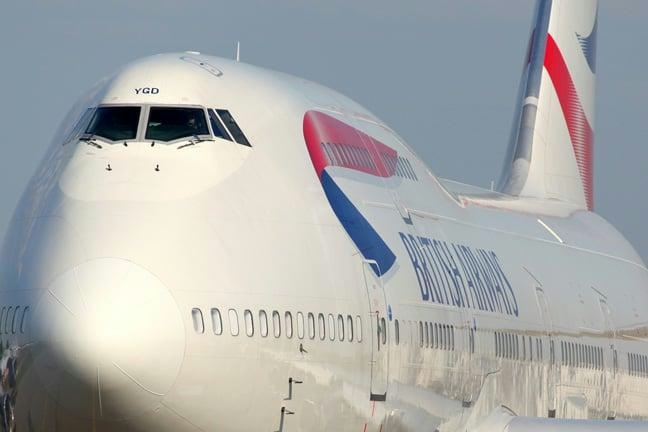
BA Chief Warns AI Agents May Diminish Brand Visibility
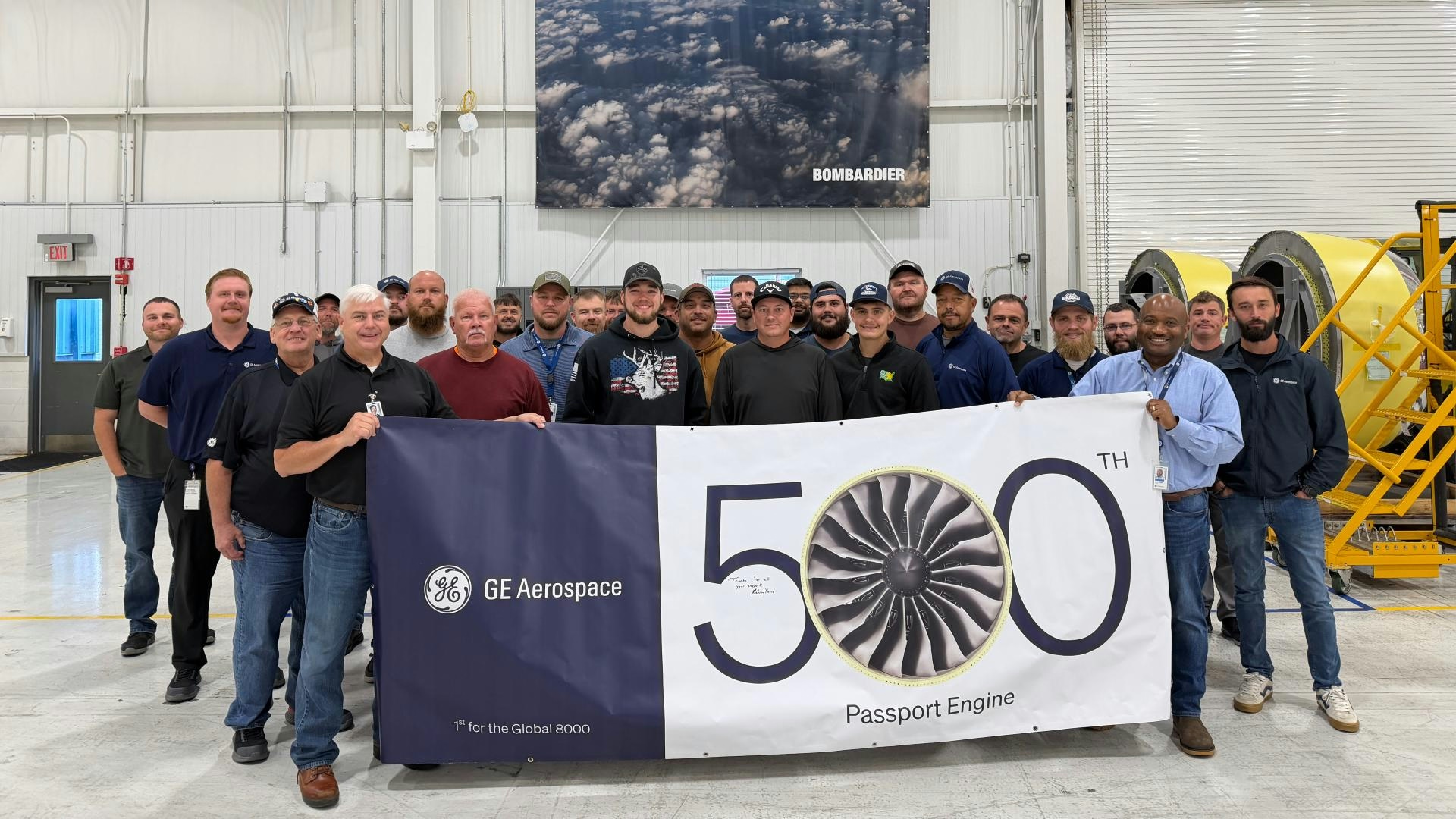
How GE Is Meeting Global Jet Engine Demand
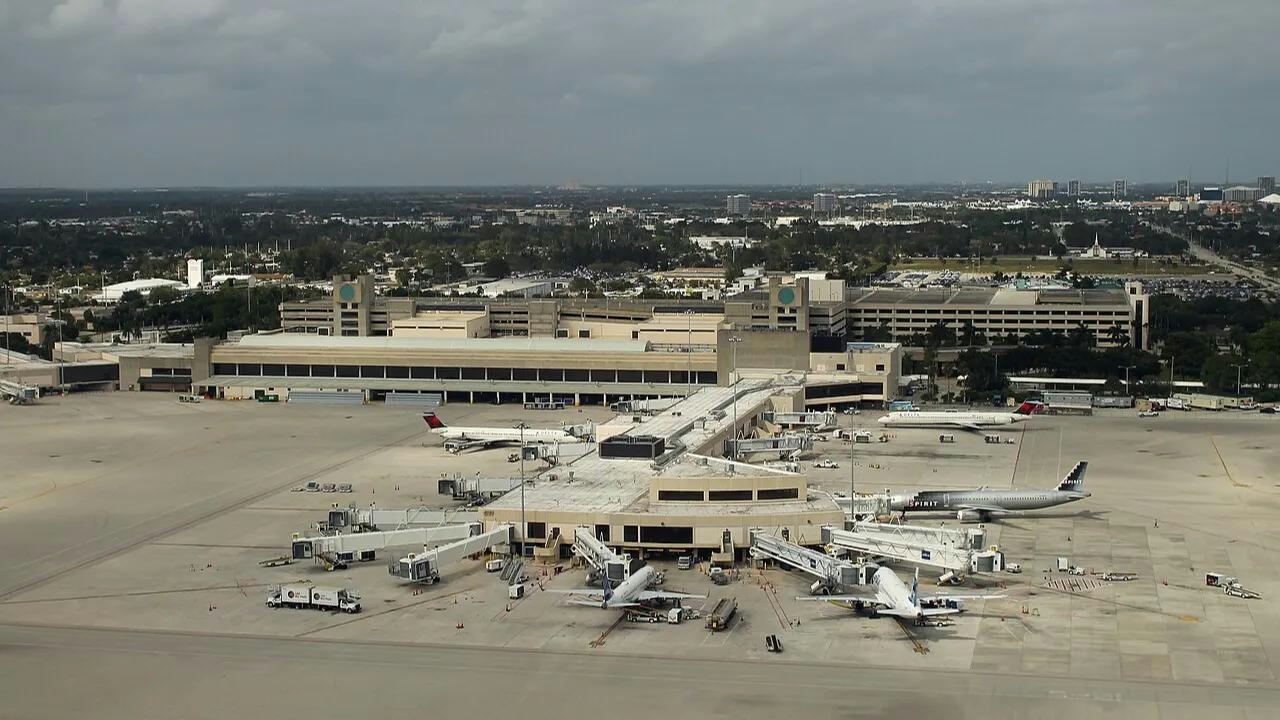
IATA Projects Airline Profits of $41 Billion in 2026
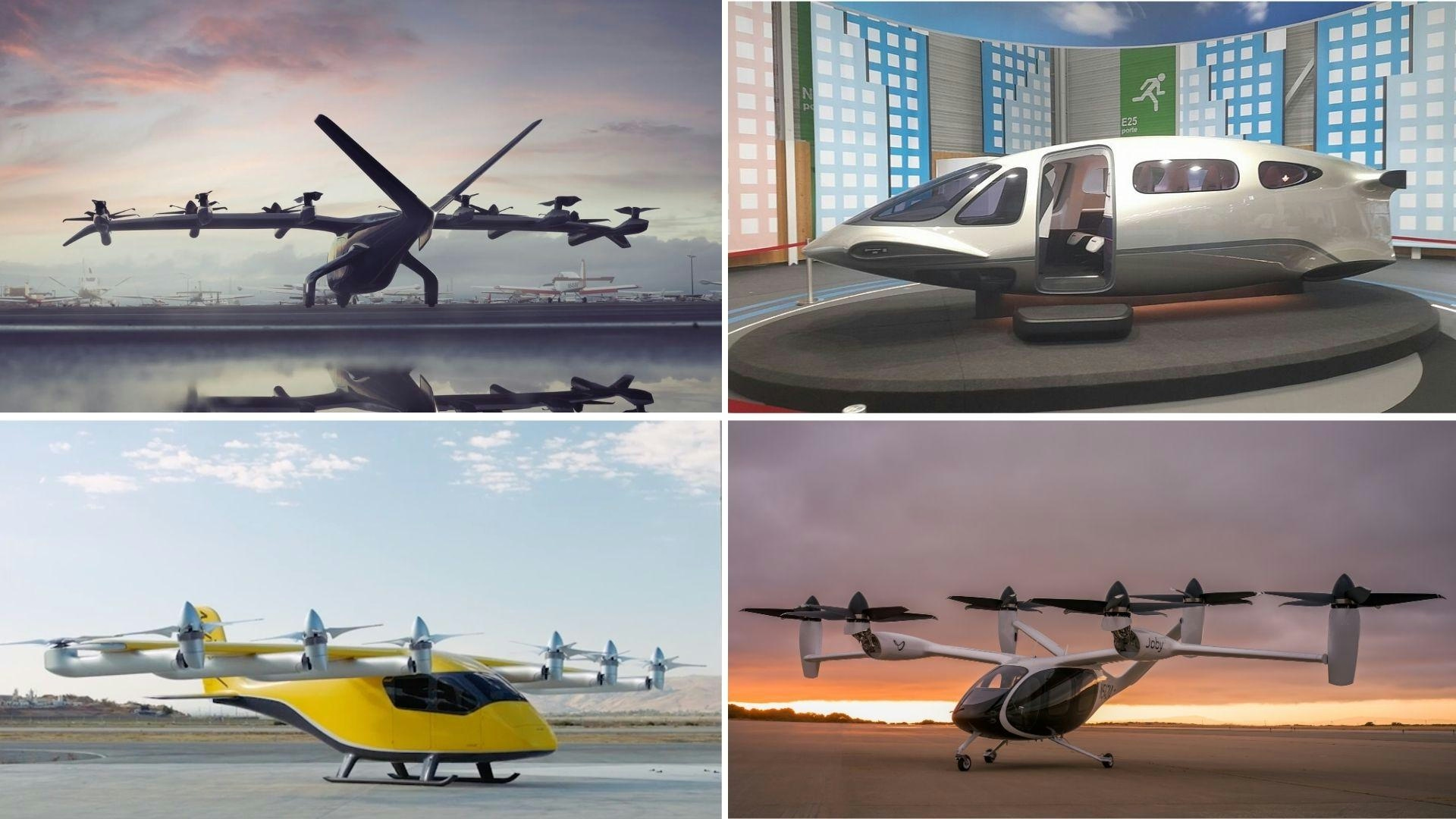
Five Air Taxis Poised to Shape Urban Mobility by 2026
